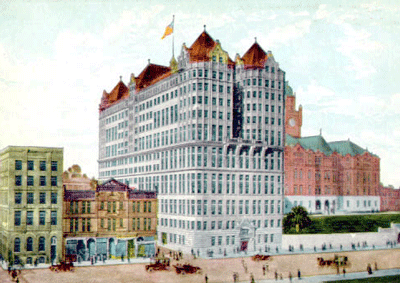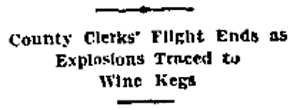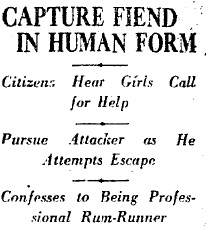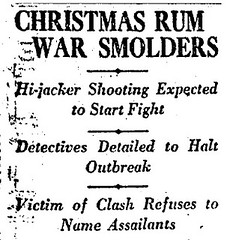
December 10, 1927
Los Angeles
According to police there are several rival gangs of bootleggers known to be in the city for the Christmas holiday season, and a full blown gang war may be in the offing.
Cleo Bush, 37 years old, of 813 Flower Street, may have become the first casualty in the battle. In his own words, he was “called out” of the Glycol Products Company at 953 South Bixel Street by two men. Cleo told Captain of Detectives Cahill that he recognized the men as enemies who had been trying to “get” him for the last two years, but in true gangland style he refused to identify them. The unnamed assailants fired five .25 caliber rounds at Cleo, striking him once in the back. Cleo is in critical condition at Georgia Street Receiving Hospital following emergency surgery to remove the bullet that penetrated his right lung.
Cleo advised the cops to stay out of his business. He said he’d settle his own affairs. “I’ll attend to those birds when I get out of here,” he said, “and if I don’t, well, that’s all in the game.”
Five people were detained as material witnesses to the shooting: Mrs. Lelia Evans, 28, her husband, Lew Evans, 32, of 508 Union Drive; Jim Riley, 31, of 1130 Trenton Street; Claude Haggle, 27, of 1110 Ingraham Street, and Edward C. Young 34, of 1085 Lewis Street, Long Beach. None of the witnesses were willing to identify the shooters. There was a neighborhood witness to the crime; Mr. G.E. Christie of 945 South Bixel Street. He told police that he heard the shots and went outside in time to see two men flee the scene in a roadster.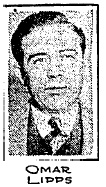
Cleo recovered and was released from the hospital, but he continued to keep mum regarding the names of his assailants. Following an anonymous tip, Mr. Omar Lipps, 28, of 438 South Union Drive, was picked up by cops and confessed to the shooting. A trial date was set but Cleo took a powder and the case never made it to court. Lipps maintained that Cleo owed him $400 [$4,803.13 USD 2007] after losing to him in a craps game, and he was adamant that the shooting had nothing to do with rum running.
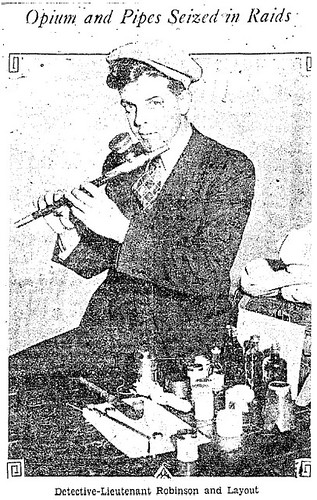
Epilogue
There were no further mentions of Cleo Bush in the LA Times after 1928 – the man knew how to vanish. Omar Lipps probably should have disappeared too, but instead he stayed in the area, frequented the same old haunts, and got into more trouble. He was arrested during a vice raid in April 1930 for possession of a complete opium outfit.
April of 1931 would find Omar caught in another police raid – this time of a dope pad at 187 South Alvarado Street. Equipment to accommodate half a dozen opium smokers was confiscated, along with pipes ingeniously constructed from flutes!
Omar obviously had a bad opium jones because he was arrested for a third time on January 3, 1935, for narcotics violations. He was holding a lamp, hose, and a small brown bottle containing yen shee. Yen Shee is the residue left in the opium pipe’s bowl and stem after the opium has been smoked. Think about THAT the next time you have a “yen” for something.
 If the drys are gonna catch the wets, they’re gonna have to wet themselves. So to speak.
If the drys are gonna catch the wets, they’re gonna have to wet themselves. So to speak.
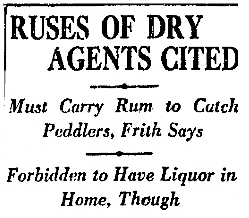

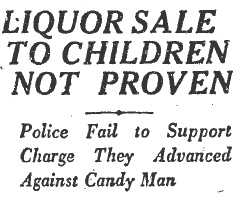

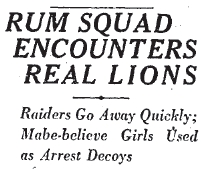 Over the weekend, the District Attorney’s crackerjack Prohibition task force proved beyond the shadow of a doubt their devotion to the cause.
Over the weekend, the District Attorney’s crackerjack Prohibition task force proved beyond the shadow of a doubt their devotion to the cause.
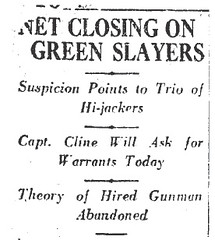

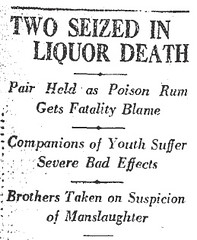


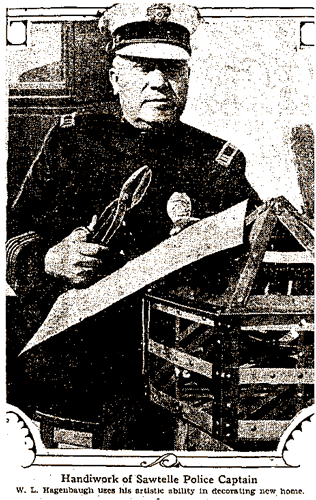 December 16, 1927
December 16, 1927






